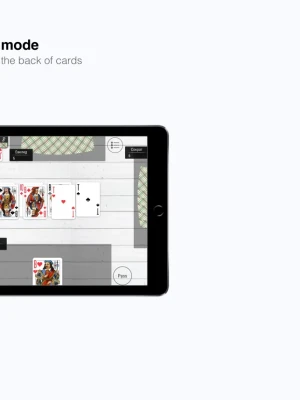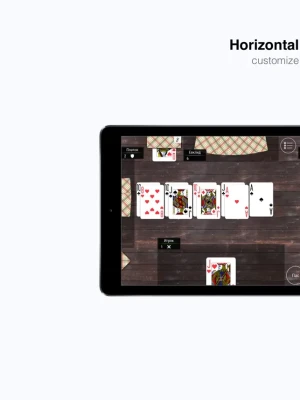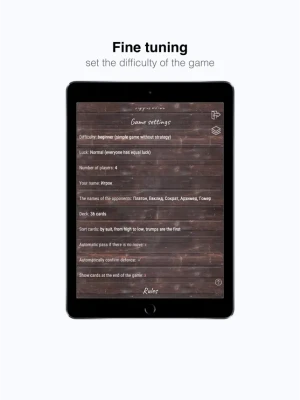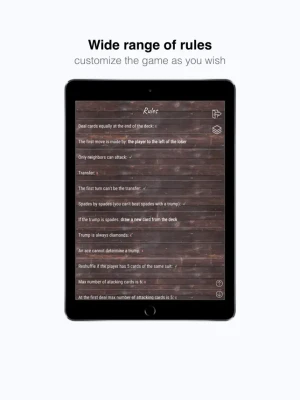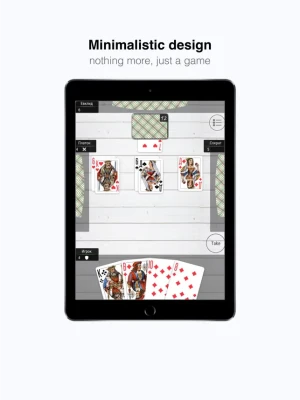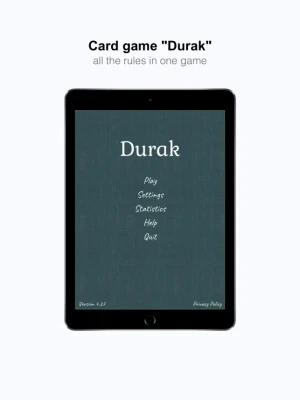
Latest Version
6.04
May 11, 2025
Offline, Customizable Rules
Games
iOS
178.9 MB
0
Free
Report a Problem
More About Durak - Card Game
Maximize Your Experience with Configurable Rules and Clear Design
In today's fast-paced digital landscape, having a user-friendly interface and customizable features is essential for enhancing user experience. This article delves into the importance of configurable rules, clear design, and the ability to view statistics and achievements, all while ensuring seamless navigation in both portrait and landscape modes.
Embrace Configurable Rules for Personalization
One of the standout features of modern applications is the ability to implement configurable rules. These rules allow users to tailor their experience according to their preferences. Whether you are managing a project, tracking fitness goals, or organizing daily tasks, having the flexibility to set specific parameters can significantly enhance productivity.
For instance, in a project management tool, users can create rules that trigger notifications based on deadlines or task completions. This level of customization not only streamlines workflows but also empowers users to take control of their tasks, leading to improved efficiency and satisfaction.
Clear Design: The Key to User Engagement
A clear design is crucial for any application or website aiming to engage users effectively. A well-structured layout with intuitive navigation helps users find what they need quickly, reducing frustration and enhancing overall satisfaction. When users can easily understand how to interact with an application, they are more likely to return and recommend it to others.
Moreover, a clean design minimizes distractions, allowing users to focus on their tasks. By utilizing whitespace effectively and ensuring that key features are prominently displayed, developers can create an inviting environment that encourages exploration and interaction.
Track Your Progress with Statistics and Achievements
Incorporating statistics and achievements into an application can significantly boost user motivation. By providing users with insights into their performance, they can track their progress over time. This feature is particularly beneficial in fitness apps, educational platforms, and productivity tools.
For example, a fitness app that displays daily step counts, calories burned, and personal records can inspire users to set and achieve new goals. Similarly, educational platforms that showcase completed courses and earned badges can encourage learners to continue their journey. By celebrating achievements, users feel a sense of accomplishment, which can lead to increased engagement and loyalty.
Seamless Navigation: Turn by Double Tap or Swipe
Modern applications must prioritize seamless navigation to enhance user experience. Features like turning the screen by double tap or swipe gestures allow for quick and intuitive interactions. This functionality is particularly useful in mobile applications, where users expect fast and responsive controls.
By implementing gesture-based navigation, developers can create a more immersive experience. Users can easily switch between different sections of an app or rotate their device to access additional features without the need for cumbersome buttons. This fluidity not only improves usability but also keeps users engaged for longer periods.
Optimizing for Portrait and Landscape Mode
With the increasing use of mobile devices, ensuring that applications function well in both portrait and landscape mode is essential. A responsive design that adapts to different orientations enhances user experience by providing flexibility in how content is consumed.
For instance, a reading app that adjusts its layout based on the device's orientation can offer a more comfortable reading experience. Similarly, gaming applications that optimize graphics and controls for both modes can cater to a wider audience, ensuring that users can enjoy their favorite games regardless of how they hold their device.
Conclusion: Elevate Your User Experience
In conclusion, the combination of configurable rules, clear design, insightful statistics, intuitive navigation, and adaptability to different orientations creates a powerful user experience. By focusing on these elements, developers can create applications that not only meet user needs but also exceed their expectations. Embrace these features to elevate your platform and foster a loyal user base.
Rate the App
User Reviews
Popular Apps






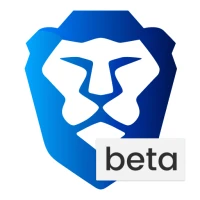



Editor's Choice











